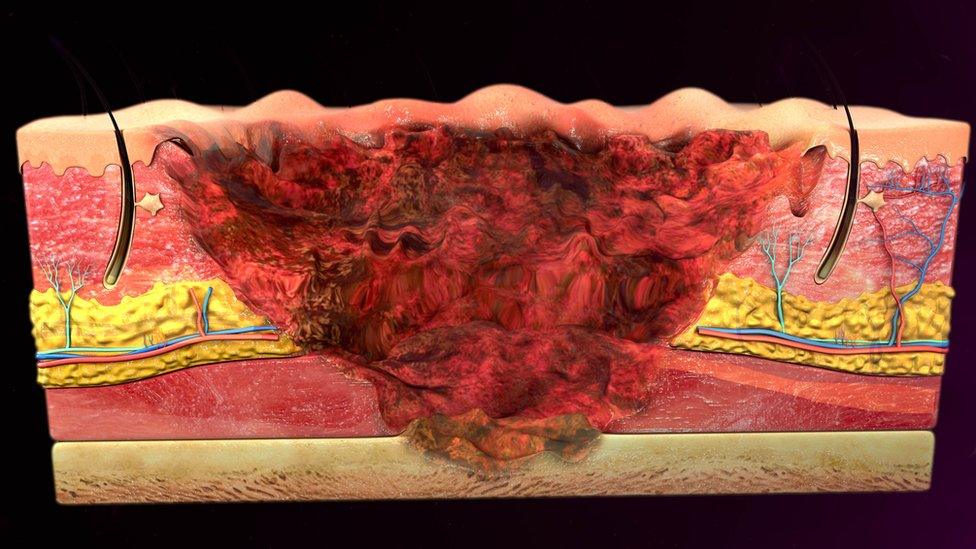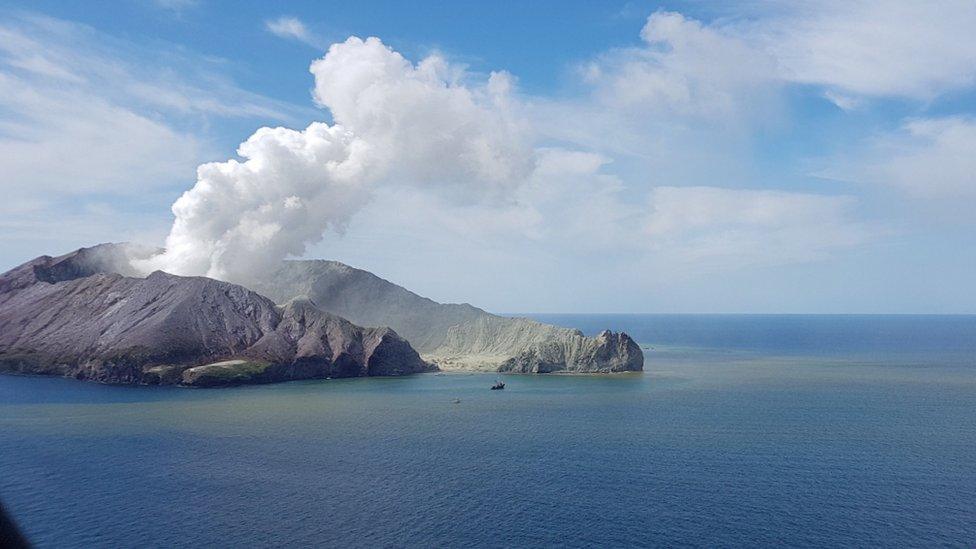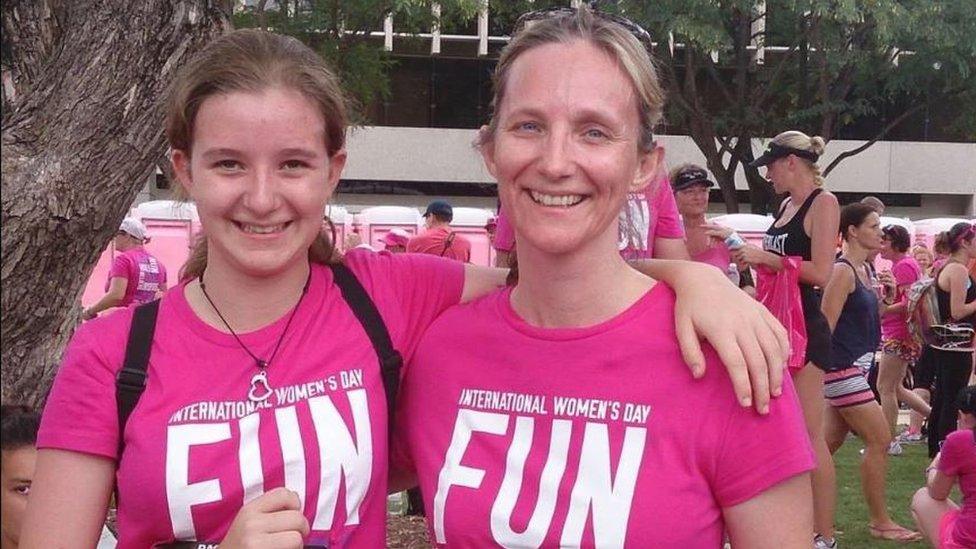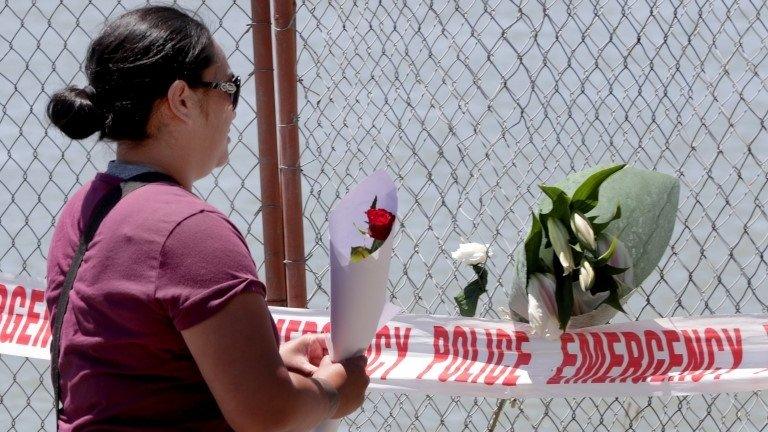White Island volcano: Why New Zealand is importing skin
- Published

Doctors treating the victims of the New Zealand volcano are importing skin to treat those burned in the eruption.
It is part of the intense medical response to treat those caught up in the disaster.
When someone has a burn injury, skin is used as a "natural plaster" to help healing. It helps stop infections and reduces scarring and pain.
Doctors take skin from another part of the body, such as the thigh or behind the ear, but donated skin is used if that is not possible.
It is donated after death, like other organs, and can be banked for several years.
Burns units keep a supply of donor skin - enough to cope with the normal needs of their patients.
But the White Island eruption is an extreme situation.
Medical authorities in New Zealand, external say they are currently caring for 29 patients in intensive care and burns units at four hospitals in Middlemore, Waikato, Hutt Valley and Christchurch.
Twenty-two are in a critical condition because of the severity of their burns.
One Australian patient is being transported home by air ambulance, with others set to follow over the next 24-48 hours so they can be cared for nearer their families.
Local media has reported only five to 10 people donate skin in New Zealand each year.
And since each adult has about two sq m (22 sq ft) of skin, doctors have requested 120 sq m (1,300 sq ft) of skin from the US, where there are more tissue banks.
An initial skin graft normally lasts a couple of weeks. The idea is the body can begin to repair itself, but replacement grafts are often needed.
'Long process'
Chief Medical Officer Dr Pete Watson, from New Zealand's National Burns Unit, said: "We currently have stock but are urgently sourcing additional supplies to meet the demand for dressing and temporary skin grafts.
"We anticipate we will require an additional 1.2 million sq cm of skin for the ongoing needs of the patients."
Dr Watson said the burns were more complex because of the gasses and chemicals involved.
"This has necessitated more rapid surgical treatment of these burns than is the usual case for thermal only burns," he said.
"This is just the start of a very long process that for some patients will last several months."

Treatment depends on the depth and extent of the burn
The first priority in the case of any severe burn, according to Jorge Leon-Villapalos, a cosmetic plastic surgeon and burns specialist at Chelsea and Westminster Hospital, in London, is to stabilise the patient and deal with other trauma injuries, such as a broken leg, as well as any inhalation injuries.
"The acute treatment period is only a small part," he said.
"We define the treatment of burns not as a 100m race but rather a marathon run many times.
"Patients with serious burns are patients for life."
- Published11 December 2019

- Published17 December 2019

- Published10 December 2019
